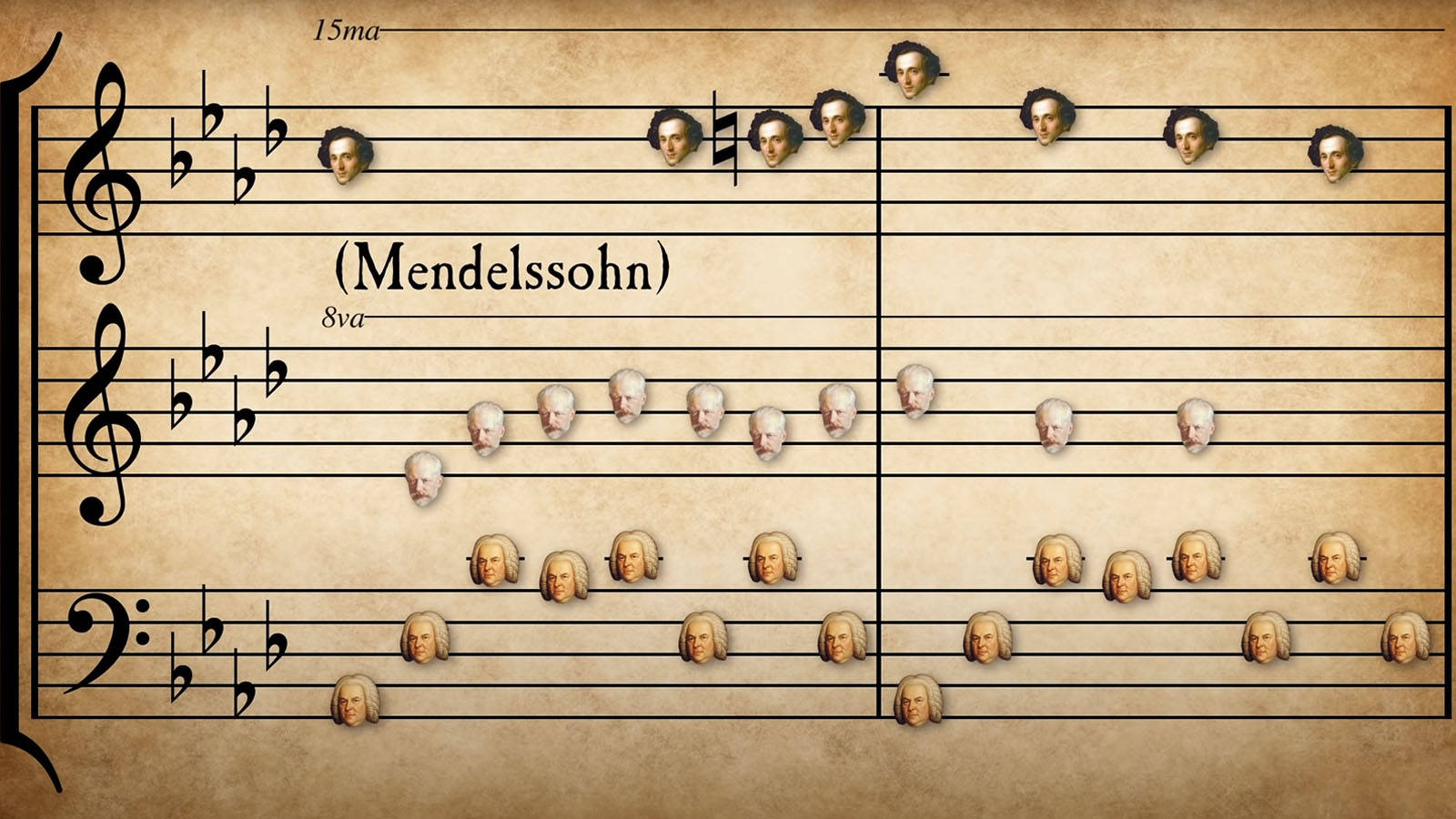Harmonizing History: Exploring the Timeless Beauty of Classical Music
Traditional music remains as a demonstration of the getting through force of human innovativeness. Its excellence rises above time, winding around complicated embroideries of feeling and astuteness that have reverberated with crowds for a really long time. From the elaborate pieces of the Florid time to the emotional ensembles of the Heartfelt time frame, old style music has enamored hearts and brains, making a permanent imprint on the social scene.
The underlying foundations of old style music follow back to the Archaic and Renaissance periods, where holy serenades and vocal polyphony made ready for the loftiness of later organizations. Nonetheless, it was during the Extravagant period that traditional music really started to prosper. Crafted by notable writers like Johann Sebastian Bach, George Frideric Handel, and Antonio Vivaldi presented multifaceted songs, expressive ornamentation, and complex contradiction, making way for the hundreds of years to come.
The Traditional period, portrayed by lucidity and design, delivered lights like Wolfgang Amadeus Mozart and Ludwig van Beethoven. These writers manufactured a way towards equilibrium and evenness in their creations, underlining structures like sonata-allegro and minuet-and-triplet. The class of Mozart’s pieces and the progressive soul of Beethoven’s orchestras displayed the scope of feelings that could be passed on through symphonic game plans.
Moving into the Heartfelt time frame, traditional music took on another component of close to home profundity and breadth. Arrangers like Pyotr Ilyich Tchaikovsky, Johannes Brahms, and Gustav Mahler poured their deepest contemplations and sentiments into their works, bringing about sytheses that were both sincerely charged and in fact creative. The ensembles of this period filled in scale and intricacy, reflecting the general profound scenes of the human experience.
As we venture through the historical backdrop of traditional music, it becomes apparent that its immortal magnificence lies in capacity to summon feelings are all around comprehended. The tunes, harmonies, and rhythms communicate in a language that rises above social hindrances and ages. Whether it’s the sensitive exchange of strings in a concerto, the magnificence of an ensemble’s crescendo, or the closeness of a performance piano piece, old style music reverberates with audience members on a significant level.



